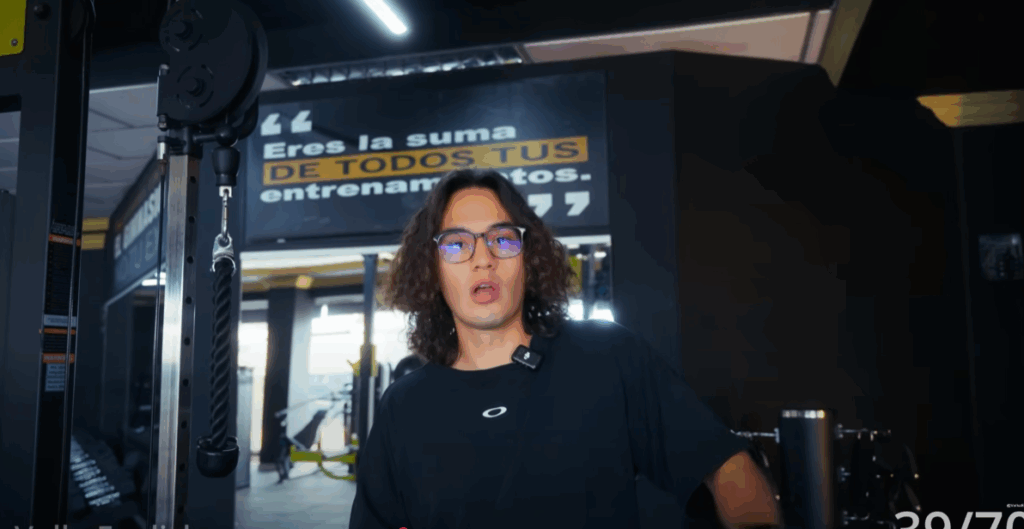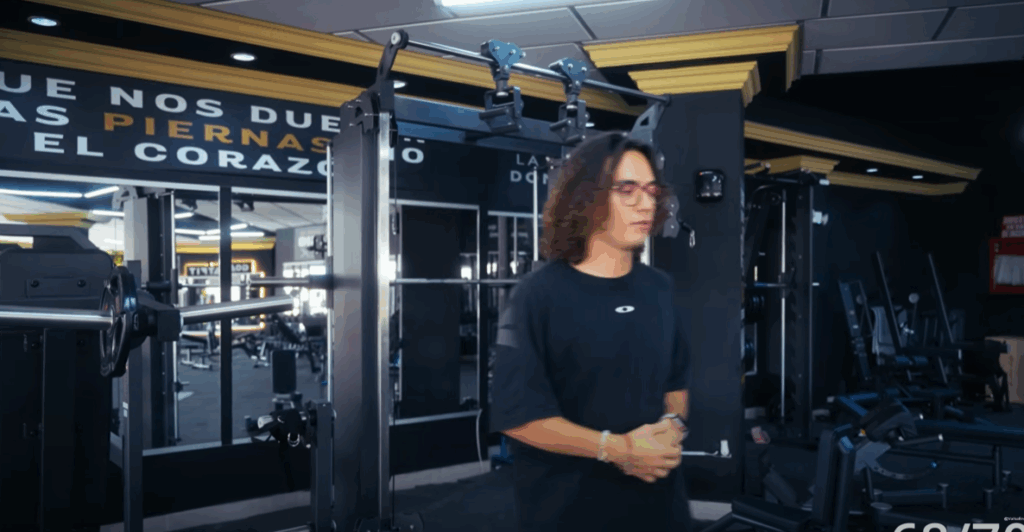Welcome to the world of bodybuilding and strength training. As a seasoned fitness and nutrition coach, I’ve spent two decades in the trenches, guiding people through the complexities of building muscle, shedding fat, and transforming their physiques. This article is designed to be your comprehensive guide, cutting through the noise to provide you with a clear, actionable plan. We’ll cover everything from the foundational structure of your workouts to the key terminology you’ll need to navigate any gym floor with confidence.

The Push, Pull, Legs System: Your Blueprint for Growth
When it comes to structuring your week, a workout split is essential for effective muscle development and recovery. The most time-tested and widely-used method is the Push, Pull, Legs (PPL) system. This routine strategically divides your major muscle groups into three distinct training days, allowing for focused intensity and adequate rest.
- Push Day: This session targets all the muscles that push weight away from your body. Your main focus will be on the chest (pectorals), shoulders (deltoids), and triceps. Think about the motion of pushing a heavy object. Exercises like the bench press, shoulder press, and tricep extensions are central to this day.
- Pull Day: Here, you concentrate on the muscles responsible for pulling movements. This primarily includes your back (latissimus dorsi) and biceps. Imagine pulling a rope toward you. Staple exercises for this day include rows, pull-ups, and various forms of curls.
- Leg Day: This is arguably the most important day of the week for building a powerful and balanced physique. Training your lower body is not just about aesthetics; it stimulates a significant hormonal response that benefits muscle growth throughout your entire body. Your quadriceps, hamstrings, glutes, and calves are all targeted on this day with exercises like squats, leg presses, and lunges. Remember the golden rule: never skip leg day.
Demystifying the Gym Floor: Equipment and Essential Terms
Walking into a new gym can feel like stepping into a foreign country. Here’s a quick-start guide to the vocabulary and tools you’ll need.
- Gym Essentials: Beyond your workout clothes and shoes, you’ll always need a water bottle to stay hydrated and earbuds or headphones to keep you motivated. A small towel is also great for wiping sweat off yourself and the equipment.
- Weights: You’ll see plates—large, round weights that slide onto a barbell—and dumbbells—individual, handheld weights that are perfect for single-limb exercises.
- Barbell: A long metal bar, often used for heavy, compound lifts like the bench press, deadlift, and squat.
- Benches: You’ll use these for a variety of exercises. They can be flat, inclined (angled up to target the upper chest), or declined (angled down for the lower chest).
- Reps and Sets: A rep (repetition) is a single, complete execution of an exercise. A set is a collection of reps. For example, doing “3 sets of 8 reps” means you perform 8 reps, rest, and then do two more cycles.
- Full Range of Motion: This means performing an exercise from its full starting point to its full endpoint. For a bicep curl, you’d start with your arm fully extended and curl the weight until your bicep is fully contracted. This is crucial for working the entire muscle.
- Spotting: When lifting heavy, it’s vital to have a partner ready to assist you. A spotter is someone who helps you lift the weight if you can’t complete a rep on your own. This prevents injury, especially during exercises like the barbell bench press. A simple, “Can you spot me?” is all you need to ask.
- Racking the Weight: After you’ve finished a set, always return the weights to their proper storage rack. This is a fundamental courtesy that keeps the gym safe and organized for everyone.

The Four Stages of Your Workout Session
A successful workout isn’t just about the lifts; it’s a complete process from start to finish.
1. The Warm-Up: Preparing Your Body
Never skip this phase. A proper warm-up prevents injury by increasing blood flow to your muscles and preparing your joints for work. Begin with 5-10 minutes of light cardio on a treadmill. Then, perform dynamic stretches—controlled movements that mimic the exercises you’re about to do, such as arm circles or leg swings.
2. The Main Event: Building Muscle and Chasing the Pump
This is where the real work happens. Focus on your form and push yourself. The feeling of your muscles swelling with blood is known as “the pump”. It’s a temporary effect, but it’s a great indicator that you’re stimulating your muscles effectively. Many bodybuilders love this feeling and are always “chasing the pump.” Remember that true growth requires you to push through discomfort—the “no pain, no gain” mentality is literal here, referring to the muscle fatigue and soreness you’ll feel during and after a tough set.

3. The Cool-Down: Kicking Off Recovery
After your final set, don’t just stop. A cool-down helps your body transition from an intense state back to rest. A light walk or jog on the treadmill for a few minutes is a great way to do this.
4. The Stretch: Enhancing Flexibility and Recovery
Finally, move to an exercise mat for some stretching. While dynamic stretches are for before your workout, static stretching (holding a stretch for 15-30 seconds) is best for afterward. This helps improve flexibility and can aid in reducing post-workout soreness.
Beyond the Lifts: Nutrition and Mindset
What you do outside the gym is just as important as what you do inside it.
- Hydration: Always prioritize hydration. Water is crucial for everything from muscle function to nutrient transport.
- Pre-Workout: Many individuals use a pre-workout supplement to increase energy, blood flow, and focus, helping them get the most out of their training session.
- Protein: Post-workout nutrition is essential for muscle repair and growth. Consuming a protein shake or a protein-rich meal within a couple of hours after your workout provides the necessary amino acids to rebuild your muscle fibers, a process that makes them stronger and bigger.
Building the body you want is a marathon, not a sprint. It takes dedication, consistency, and a smart approach. By following this guide, you’re equipped with the fundamental knowledge to begin your journey and see real results. What’s the first change you’re going to make to your routine today?

